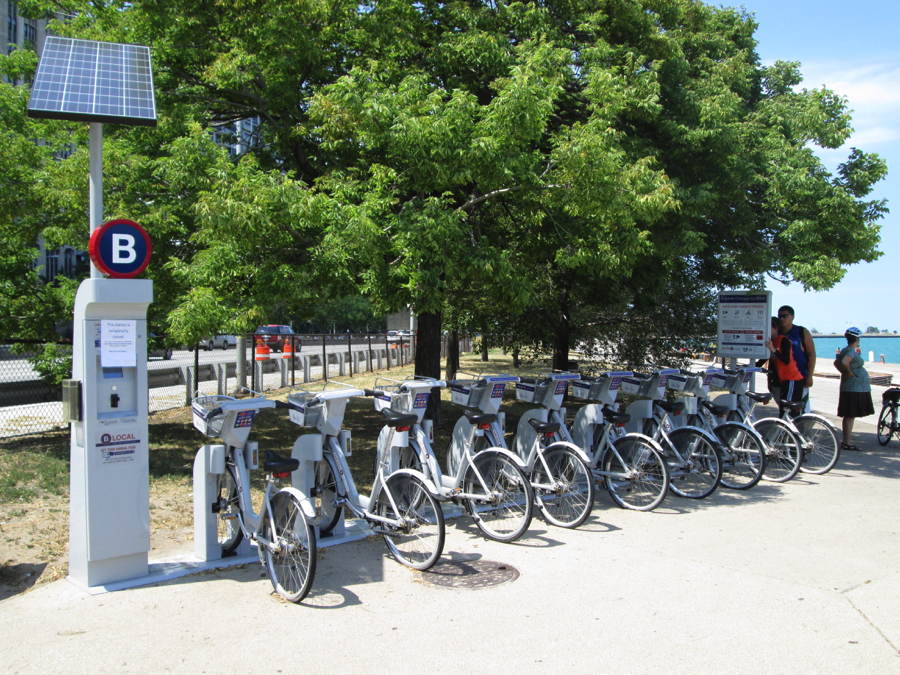
With the COVID-19 pandemic came a rapid increase in demand for safe, physically distant space for walking and cycling. Thousands of cities around the world responded by rolling out new active mobility infrastructure in existing roadways. While the pace and scale of these adaptations have been widely praised by advocates, cities’ responses have also been critiqued for being inequitable, arbitrary, and out of touch with the communities’ needs.
The transport profession’s experience during the pandemic underscores a longstanding need for new best practices for providing timely, safe, and equitable walking and cycling facilities. This webinar will highlight research that seeks to identify and develop such practices. Based on her work to document pandemic-induced infrastructure changes in the Shifting Streets COVID-19 Mobility Database, Dr. Tabitha Combs will present terminology for describing and evaluating these changes; summarize how, when, and why cities implemented them, and lay out a research agenda for understanding the impacts of these actions and the processes behind them.
Speakers:
Tabitha Combs, Ph.D., Research Associate & Lecturer, University of North Carolina at Chapel Hill
Brianne Eby, Senior Policy Analyst, Eno Center for Transportation
Download the Slides
Watch the Recording:
 Dr. Tabitha Combs is a Research Associate and Lecture in the University of North Carolina’s Department of City & Regional Planning. She teaches and conducts research on the impacts of land use and transport system design on travel behavior, access to opportunity, and well-being. Since the beginning of COVID-19 pandemic Dr. Combs has been at the forefront of research into how local and regional governments have responded to changing mobility demands. Her current work focuses on innovation in transport planning practices, including evaluating whether adaptive street design to contributes to more resilient, equitable, and sustainable transport systems.
Dr. Tabitha Combs is a Research Associate and Lecture in the University of North Carolina’s Department of City & Regional Planning. She teaches and conducts research on the impacts of land use and transport system design on travel behavior, access to opportunity, and well-being. Since the beginning of COVID-19 pandemic Dr. Combs has been at the forefront of research into how local and regional governments have responded to changing mobility demands. Her current work focuses on innovation in transport planning practices, including evaluating whether adaptive street design to contributes to more resilient, equitable, and sustainable transport systems.





